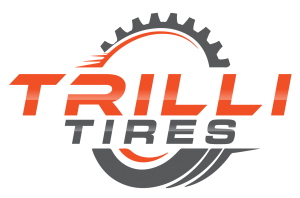
3 Things to Keep in Mind When Filling Your Car Tire with Air
When it comes to maintaining and repairing your vehicle, you’ll more than likely bring it to an auto repair shop. There, the tire is perhaps one part that you’ll deal with quite often. That’s because the tires are in constant motion, pushing the car along the road, dealing with bumps, and wearing down slowly.
One of those maintenance procedures you must do to ensure that the tires are performing well is to check whether it has enough air. Here’s what you should keep in mind when it comes to filling your car tire with air:
Pressure and PSI
The pressure and PSI of your car tires depend on a few factors. For example, if your vehicle is a passenger car or a small pickup truck, expect to have the PSI range anywhere between 27 and 32. To know what’s most recommended for your vehicle, though, always check the vehicle’s manual. There should be some specifications there to indicate what range your car tires’ PSI should be at. At the same time, do note that these measurements are made while the tires are cold, so have them checked before driving.
Another factor that plays into filling your tires with air, more so on the frequency of the activity, would be the tire pressure. In most cases, tire pressure would vary between the front and rear wheels, meaning that they might be losing air at different rates. Generally, though, you’ll want to add a little extra pressure to these tires not only to combat that but to help your car save more fuel as well.
Driving Factors
Another factor that comes into play when filling your car tires with air would be your driving habits. For example, what load are you carrying often? What’s your driving pattern? These factors are unique not only to each car but to each driver, making it tough to give a set guideline that everyone can follow.
What’s even harder is that if your car tires are changed into a different brand, the recommended specifications might change entirely as well. That said, always refer to your car manual if the tires are original. If the tires are different, you can always consult a mechanic for a professional opinion.
Vehicle Load
The load your car carries will also determine not only how much air your tires will have, but how often you will fill the tires with air as well. Usually, if you’re carrying extra weight, you’ll need to fill it a bit more air in the tires to compensate for the load.
Do note that when you add air, do not ever go above the levels that are provided in the car manual. If you exceed the levels that are provided to you, your car tires run the risk of popping or exploding. At the same time, do not overload your car as well, as this can still put your car tires at risk of failure.
As you can see, there are many factors to consider when it comes to replacing car tires. However, you must put all of these in mind, as not only will the correct tire pressure mean that you save fuel while driving and that the tires experience minimal wear and tear, but you can drive even more safely on the road.
That said, it is always recommended that when it comes to re-pressuring or even replacing the car tires that you do so at an auto repair shop. With their help, not only do you not have to worry about getting the pressure right, but they’ll ensure all your tires are in working orders and get to fixing any other problems they might’ve discovered.
Are you looking for an auto repair shop in Richmond Hill to fix your tire-related issues? Get in touch with us today, and we’ll be happy to help!
